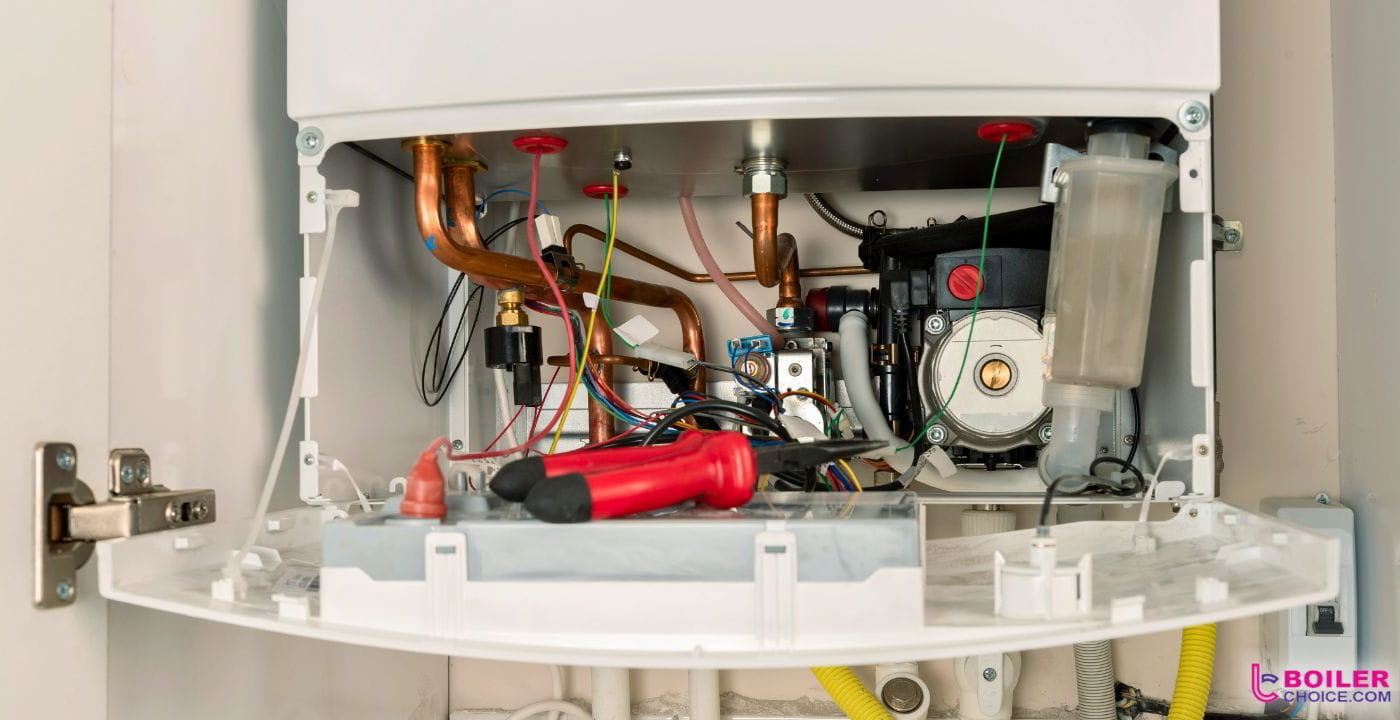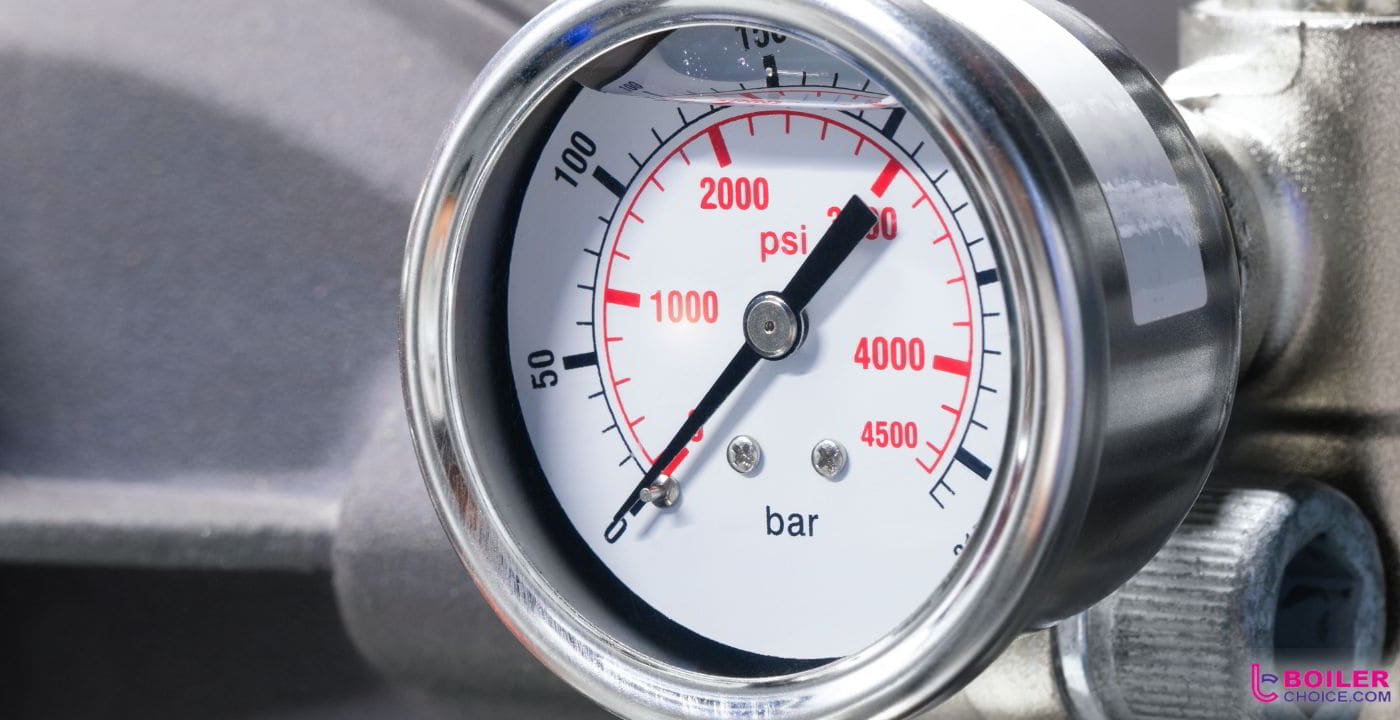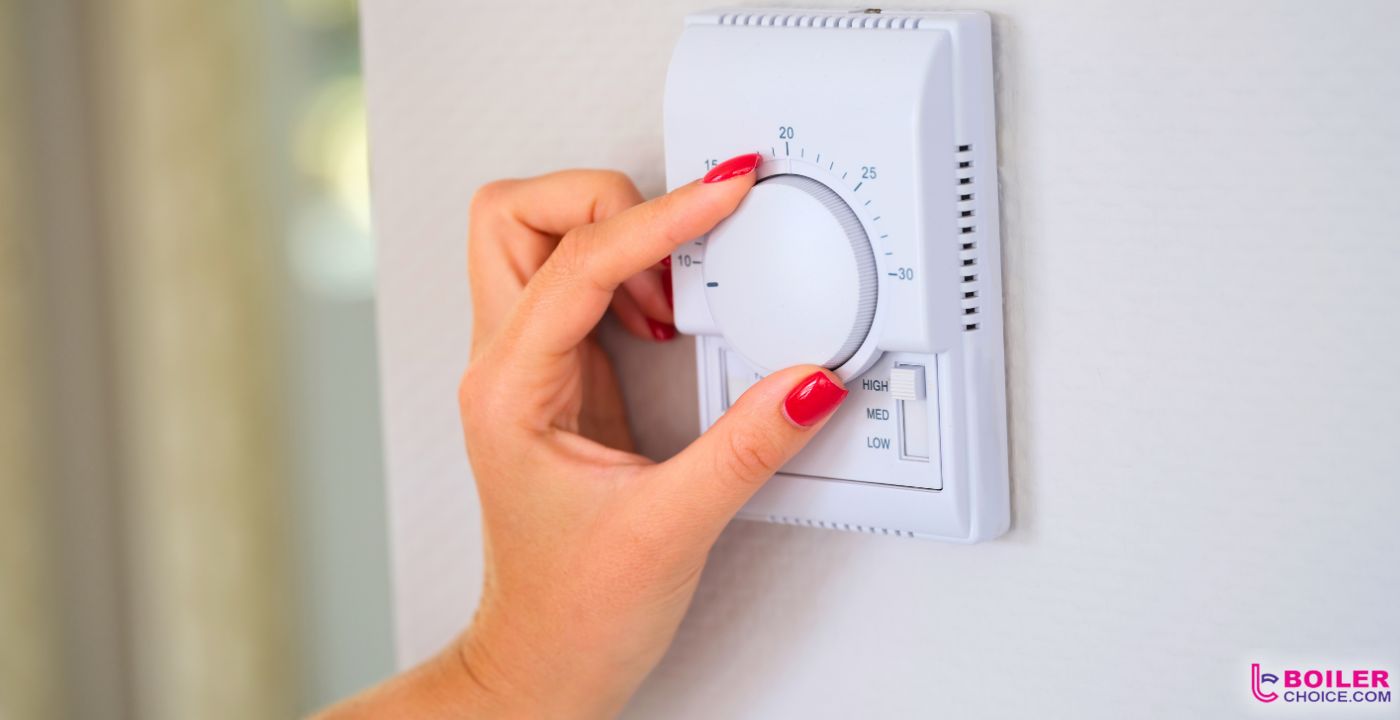
Radiators often develop cold spots which prevents them from functioning as they should, we’ve all been there before when the temptation is to simply turn the thermostat up and hope for the best, however this could lead to serious damage to your heating system and is not advisable.
There are many reasons that your radiator could have developed cold spots, from a sludge build up to trapped air. This article will delve further into the issues surrounding your radiator cold spots and how to resolve them.
1. Built up sludge and debris
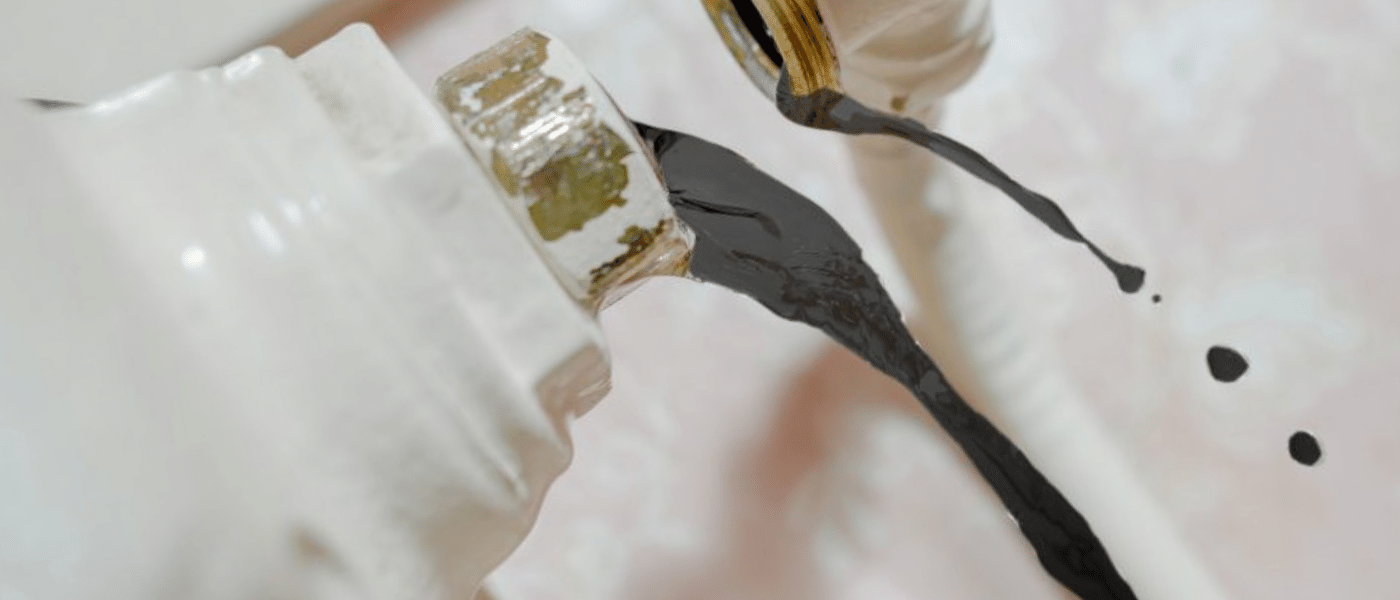
A key sign to a sludge or debris build-up in your heating system is that the bottom of your radiator is cold.
The build-up is normally a combination of limescale, rust and even old, dirty water that collects to form a thick, sludge substance that stops hot water from circulating correctly through the heating system and gives you vertical cold spots in your radiators.
To avoid further, more serious issues, it is important that the sludge is cleared correctly. To rid yourself of vertical radiator cold spots, it is not a case of simply turning up the thermostat. Your heating system will require a power flush by a heating engineer to get rid of debris and build up.
If the sludge is not removed using a power flush there is risk of further, more expensive damage to your heating system as the sludge could simply be redistributed to other areas, which could prevent water circulating and in turn damaging the boiler.
2. Circulation problem or an airlock
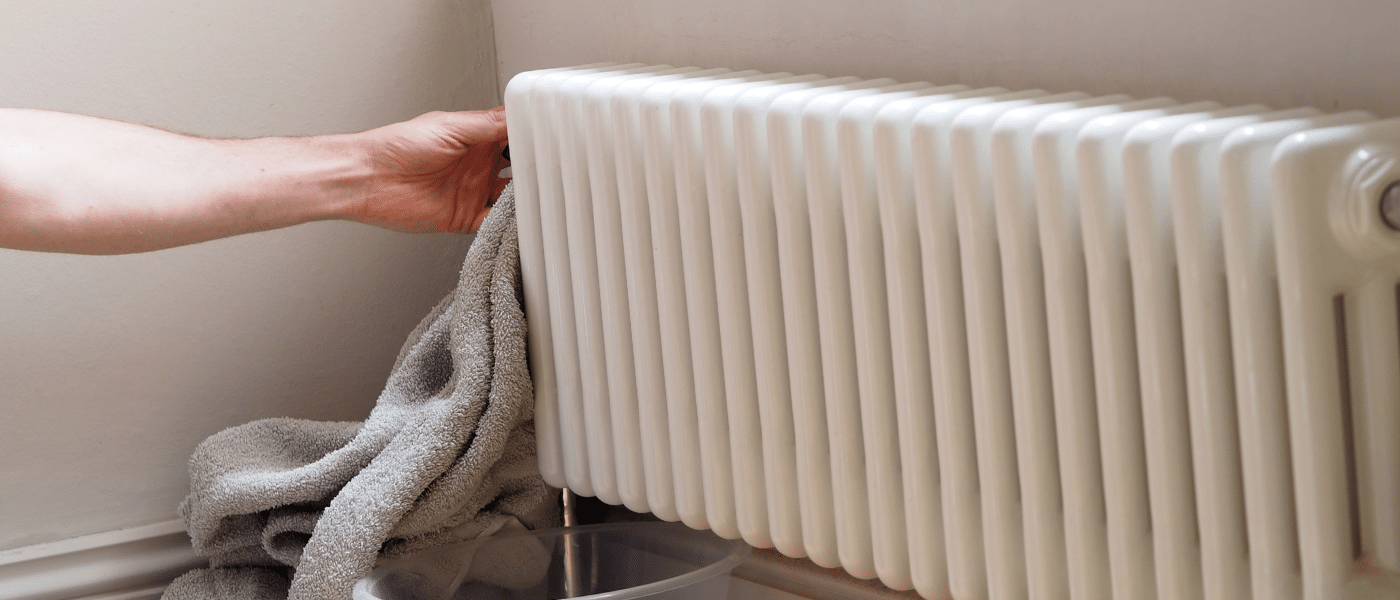
Circulation problems can occur in heating systems and radiators because of an airlock, which is when vapour is stuck that prevents the water from entering the radiator to heat it. Heated water travels through your heating system to your radiators to warm your house, however, this warm water can leave surplus water vapour that causes an airlock.
To identify if you have an airlock within your heating system, you may notice the following:
- gurgling noises in the pipes
- spluttering at your taps
- in more serious cases, no water circulating at all
- the radiator has cold spots at the top but remains heated at the bottom
In the instance that your radiator is cold at the top but warm at the bottom, the solution is to bleed the radiator which should remove any air trapped inside – here’s a step-by-step guide on how to bleed your radiators.
3. Radiator valve

Another common cause of cold spots in the radiators is a stuck valve. Thermostatic Radiator Valves (TRVs) are a component of water-based radiators used to control the temperature. The valve works to change the hot water flow that runs through the radiator, which is what keeps it warm and heats the room.
The valve works to identify the temperature and sends the water flow to the area it is most required.
During warmer months, when heating is not required within the home, the radiator valve stays off and when it is required again, sometimes the spring within the valve seizes up and fails to move, therefore the radiator stays cold.
Many would assume the fault lies with the radiator itself, but it is more commonly the valve which, thankfully, is a much easier and affordable fix!
Step by Step: Radiator Valve Fix
- Turn the locking nut to free the thermostat
- Locate the pin to see if it is stuck (it will be pushed in if trapped)
- Clean the area and use a lubricant spray to remove any dirt or rust
- Use a small, flat piece of metal and apply pressure to the pin until released.
This video does a good job showing how the process works to fix a stuck radiator valve.
If the radiator fails to heat after following these steps, there could be a more serious issue and it is worth contacting a heating engineer to investigate.
4. Blockage in the pipes

A blockage in central heating pipes can prevent water from circulating leaving your radiator with cold spots at the bottom, or in a worst-case scenario, simply not heating at all. If you live in a hard water area, limescale could be causing your pipes to block but similarly, it could also be a debris or sludge build up which means a power flush is required.
To check if it is a blocked pipe and not an airlock causing the lack of heated water circulating, the water can be pulled up the pipe until both the pipe and radiator heats up. If air comes out, then there is no blockage, and it is likely to be an airlock, however, if there is no water drawn from the pipe then it is blocked.
If in doubt, seek the advice of a heating engineer who can assess your pipes and radiators and advise accordingly.
5. A radiator balancing issue
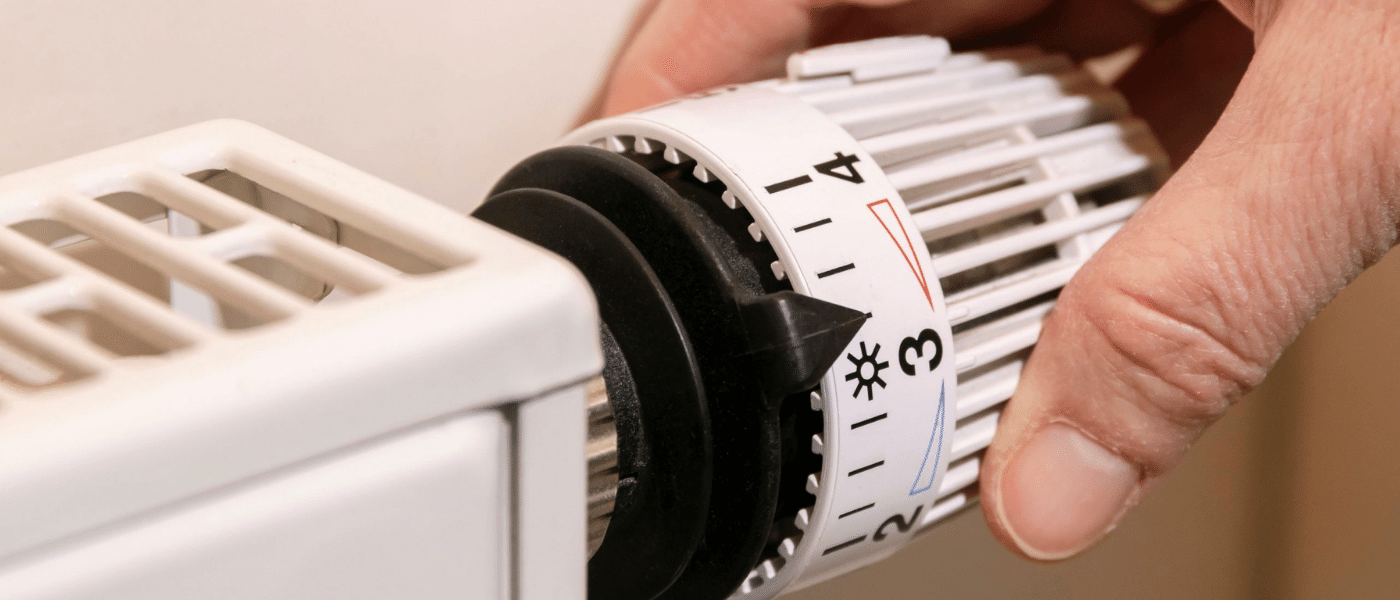
Upon installation, radiators will be balanced to ensure they heat up evenly and perform to their optimum capacity. To ensure your radiator is performing at its best, keep a thermometer on each one to measure the heat it emits.
An unbalanced radiator will not heat up as quickly, as the water sent from your boiler is not evenly spread, and you may notice cold spots in your radiator. Balancing the radiator will allow more water to circulate into those that are colder.
Step-by-step: balancing radiators
- Perform a radiator bleed.
- Turn the central heating off and allow the radiators to cool.
- Open the radiator valves
- Turn the heating back on and ascertain which radiator heats up quickest in the house (generally the one closest to the boiler). List them in order of fastest to heat up.
- Repeat step 2 and then turn the heating back on.
- Turn and close the lockshield valve on the previously identified, quickest heating radiator then reopen by turning to a quarter.
It is worth regularly checking the temperature and speed of which your radiators heat up to ensure they continue to be balanced.
6. Air inside of the radiator
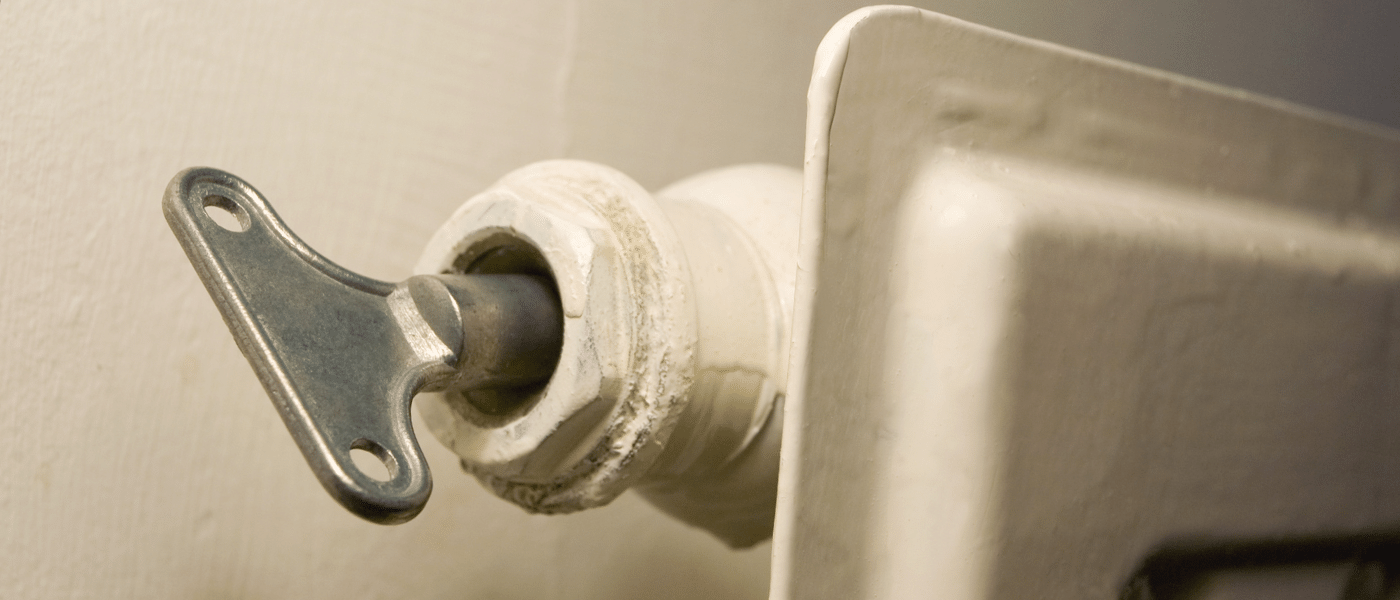
If your radiator has cold spots, trapped air can be another culprit, but again, easily resolved. Reasons why air might build up and cause radiator cold spots include:
- Installing the pump above the supply tanks
- An increase of hydrogen in the system caused by rust in the pipes or a sludge build up
- Leaks
If you suspect you have trapped air in your radiator, then the best course of action is to bleed it which is a quick solution to removing cold spots in radiators and ensures they heat your home efficiently once more.
In what part of a radiator can cold spots appear and why?
The location of radiator cold spots will be dependent on what’s causing them. Cold spots in radiators can develop anywhere from the top, middle and bottom so it is important to understand what each location of these cold spots in your radiator could mean.
Radiators are cold at the bottom
If you are experiencing radiator cold spots at the bottom, the most likely cause is sludge or debris build up. Book a heating engineer to perform a power flush of your central heating system and we suggest installing a Magna Cleanse to help prevent future sludge build up.
Radiator is cold at the top
Cold spots in a radiator at the top are most commonly a sign of trapped air. To release trapped air from your radiator and ensure it is performing at peak functionality, perform a radiator bleed.
Radiators are cold in the middle
Cold spots in the middle of a radiator can indicate a build up of sludge or rust which is blocking the water circulating from the bottom. Radiator cold spots in the middle can be resolved with a thorough clean of the radiator.
How do you fix cold spots in radiators?
Armed with the knowledge you need to understand what might be causing cold spots in your radiator, you can now work towards repairing the problem. Some fixes for radiator cold spots include:
- Bleeding radiators to remove excess air
- Have a heating engineer carry out a power flush to remove debris, sludge, limescale and rust build up
- Balance your radiators to ensure each one performs to its maximum potential in terms of heat and efficiency
- Fix stuck valves
- Install a flow diverter to ensure water circulates in the correct direction
Frequently asked questions
Should radiators be hot all over?
Whilst it is a fact that heat rises, the heat from radiators should be the same from top to bottom. One part of the radiator should not be hotter than another part.
What happens if you bleed a radiator with the heating on?
It is imperative that you do not bleed a radiator with the heating on as it could be too hot to touch but also hot water can spray out from it. Not only this, but the air you let out whilst the pump is still running will only mean the system draws air from elsewhere to compensate. Always turn the heating off before bleeding your radiators.
How do I know if I need to bleed my radiator?
The most obvious way to identify if your radiators need bleeding is to check if there are cold spots at the tops of your radiators whilst still being warm at the bottom. If your radiators have cold spots at the top, simply perform a bleed to let any trapped air escape and allow heated water to flow freely.
How often should radiators be flushed?
Power flushing your central heating system will depend on the age and type of boiler you have as well as the material of your radiators. Typically, radiators should be flushed every 5-6 years, but it may be required more frequently if you discover cold spots in your radiators.
Should radiator valves be fully open?
It is not necessary for radiator valves to remain fully open all the time as this can cause an imbalance with your radiators meaning that some will get hotter than others. Each radiator will vary and those furthest away from the boiler may need to be fully open whilst those closest will only need to be a quarter open.
To summarise
If you start to notice cold spots in your radiator, first identify where in the radiator they are coming from- the top, bottom or middle. Once you have located the area of radiator cold spots, you can work on the solution required. Remember, if you don’t feel confident in repairing your radiator cold spots, simply contact your local heating engineer.

